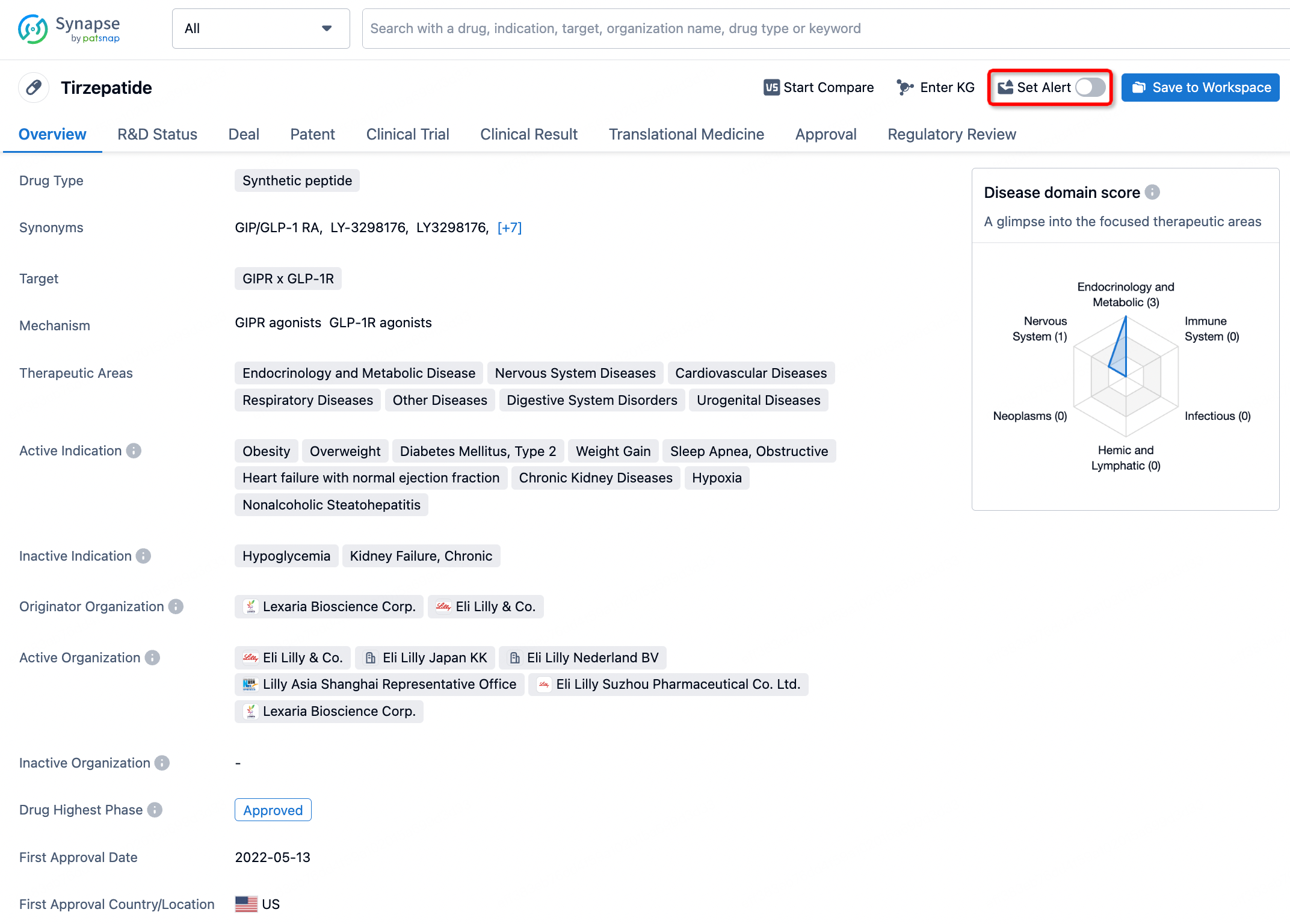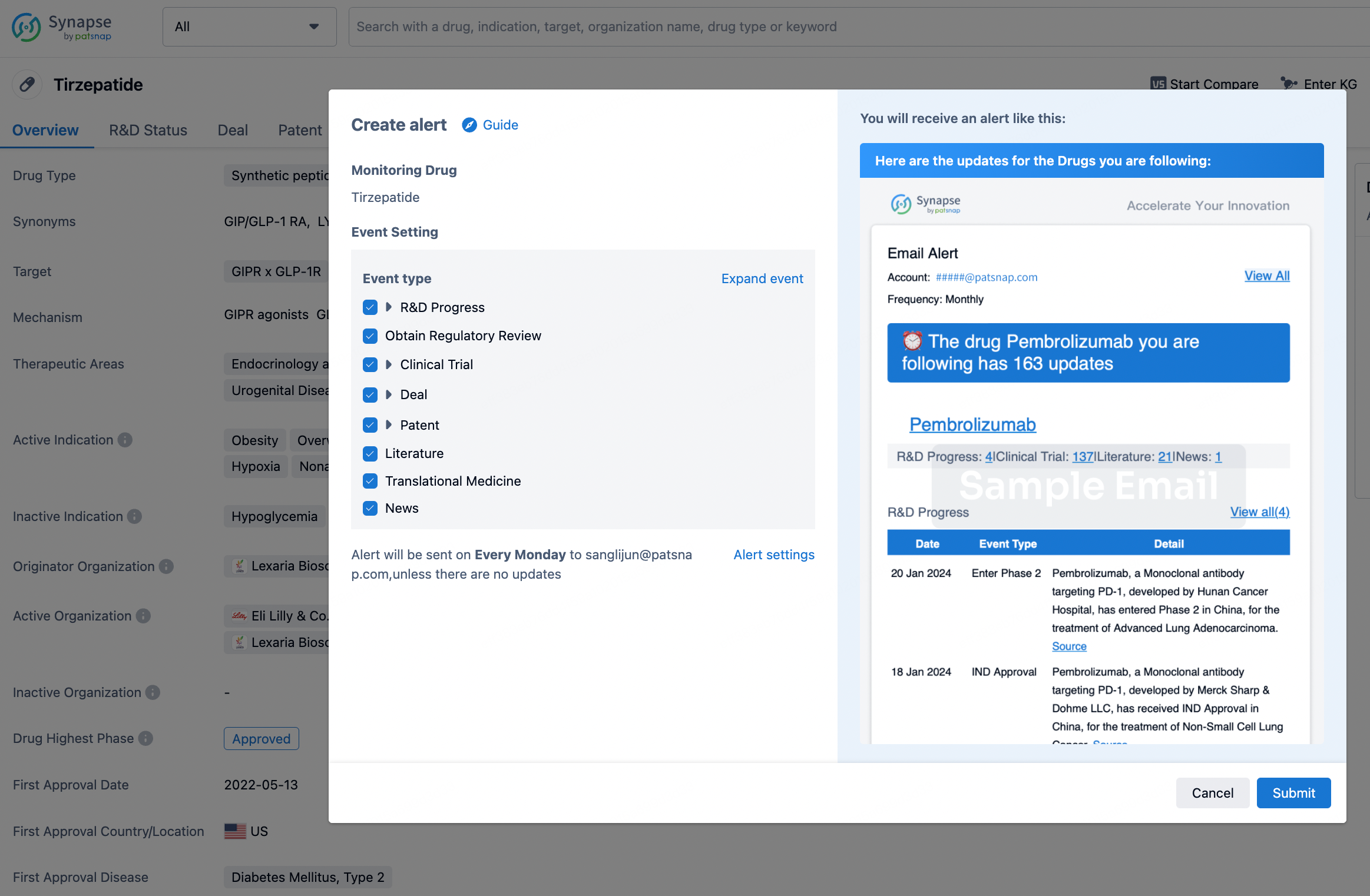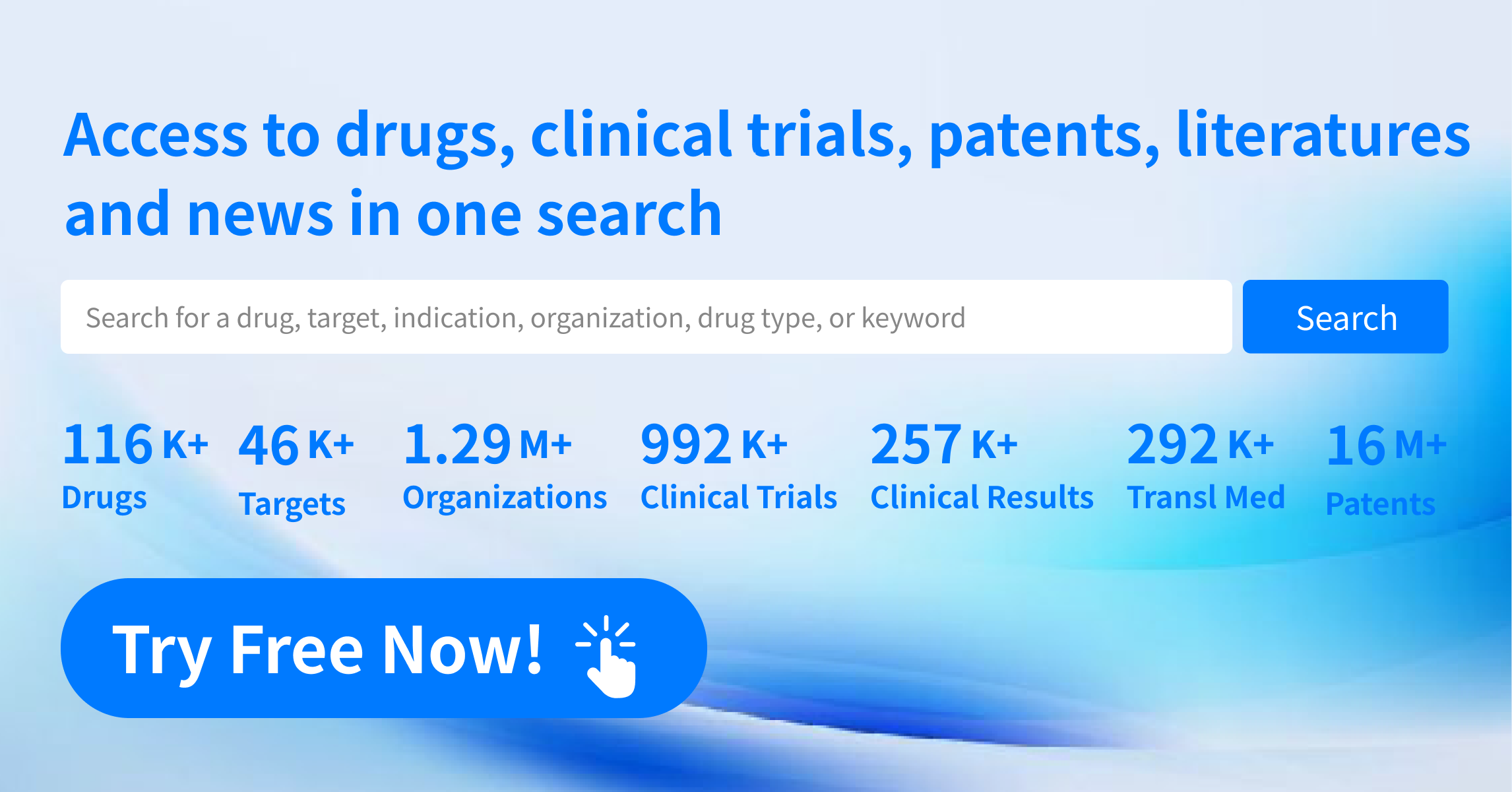Request Demo
What is Sodium Acetate used for?
15 June 2024
Sodium acetate, a versatile chemical compound, serves diverse roles across various fields. In the pharmaceutical arena, it's recognized by multiple trade names, including "Sodacet" and "Acetate Sodium." As an important component in medical treatments, sodium acetate works to target and treat a range of conditions. Among its many applications, it's widely used as a key ingredient in intravenous fluids, serving to correct low sodium levels and as a part of the management of metabolic acidosis. Additionally, research institutions have been studying sodium acetate for its potential benefits beyond these standard uses, thereby broadening its therapeutic applications.
In terms of drug types, sodium acetate is classified as an electrolyte replenisher. Its indications include treating hyponatremia (low sodium levels in the blood) and providing a source of bicarbonate in metabolic acidosis. The research into sodium acetate is continually evolving, with numerous studies exploring its broader applications, such as potential benefits in renal and cardiovascular treatments. Emerging research also delves into its role in novel drug formulations and as a supportive treatment in various clinical settings.
Understanding the mechanism of action of sodium acetate is crucial for appreciating its therapeutic benefits. When administered, sodium acetate dissociates into sodium ions and acetate ions in the body. The sodium ions help restore plasma sodium levels, thus correcting hyponatremia. The acetate ions serve a critical role as well, as they are metabolized in the liver to bicarbonate. This bicarbonate then helps to neutralize excess acid in the blood, thereby addressing metabolic acidosis. By balancing the body's electrolytes and pH levels, sodium acetate plays an essential role in maintaining homeostasis.
The administration of sodium acetate typically occurs through intravenous infusion, particularly in a clinical setting. This method ensures that the compound is delivered directly into the bloodstream, guaranteeing rapid and efficient correction of electrolyte imbalances. The onset of action for sodium acetate is relatively quick, given its direct introduction into the circulatory system. Within minutes to a few hours, patients can expect to see a significant improvement in their symptoms. Dosage and duration of treatment vary depending on the specific condition being treated and the patient’s overall health status. Medical professionals closely monitor patients to adjust dosages as necessary to achieve optimal therapeutic outcomes.
Despite its effectiveness, sodium acetate is not without side effects. Common adverse reactions can include local irritation at the infusion site, such as redness, swelling, or pain. More systemic side effects may involve shifts in electrolyte balance, such as hypernatremia (high sodium levels) or metabolic alkalosis (excess bicarbonate). Rare but serious side effects might include complications like fluid overload, especially in patients with compromised kidney function or heart failure. It's crucial for healthcare providers to monitor patients closely during treatment to mitigate these risks.
Contraindications for sodium acetate use include conditions where sodium administration is not advisable, such as in patients with hypernatremia or severe renal impairment. Additionally, caution is warranted in individuals with conditions that predispose them to fluid retention, such as congestive heart failure or cirrhosis. Pregnant or breastfeeding women should use sodium acetate only if clearly needed and under medical supervision to avoid potential risks to the fetus or infant.
Interaction with other drugs is another important aspect to consider when administering sodium acetate. Medications that can affect electrolyte balance, such as diuretics, should be managed carefully to avoid exacerbating imbalances. For instance, loop diuretics or thiazide diuretics can lead to alterations in sodium and potassium levels, necessitating adjustments in sodium acetate dosing. Additionally, corticosteroids and certain antihypertensive drugs that influence fluid and electrolyte homeostasis may also interact with sodium acetate, requiring careful monitoring.
In conclusion, sodium acetate is a crucial compound used in medical treatments to correct electrolyte imbalances and manage metabolic acidosis. Its mechanism of action involves dissociation into sodium and acetate ions, which help restore normal plasma levels and neutralize excess acidity in the blood. Administered primarily through intravenous infusion, sodium acetate acts quickly to alleviate symptoms associated with its indications. However, healthcare providers must be vigilant about potential side effects and contraindications, ensuring that patients receive appropriate and safe treatment. Furthermore, potential drug interactions must be managed carefully to prevent adverse effects. As research continues to evolve, the scope of sodium acetate’s applications may expand, offering new therapeutic possibilities in the medical field.
In terms of drug types, sodium acetate is classified as an electrolyte replenisher. Its indications include treating hyponatremia (low sodium levels in the blood) and providing a source of bicarbonate in metabolic acidosis. The research into sodium acetate is continually evolving, with numerous studies exploring its broader applications, such as potential benefits in renal and cardiovascular treatments. Emerging research also delves into its role in novel drug formulations and as a supportive treatment in various clinical settings.
Understanding the mechanism of action of sodium acetate is crucial for appreciating its therapeutic benefits. When administered, sodium acetate dissociates into sodium ions and acetate ions in the body. The sodium ions help restore plasma sodium levels, thus correcting hyponatremia. The acetate ions serve a critical role as well, as they are metabolized in the liver to bicarbonate. This bicarbonate then helps to neutralize excess acid in the blood, thereby addressing metabolic acidosis. By balancing the body's electrolytes and pH levels, sodium acetate plays an essential role in maintaining homeostasis.
The administration of sodium acetate typically occurs through intravenous infusion, particularly in a clinical setting. This method ensures that the compound is delivered directly into the bloodstream, guaranteeing rapid and efficient correction of electrolyte imbalances. The onset of action for sodium acetate is relatively quick, given its direct introduction into the circulatory system. Within minutes to a few hours, patients can expect to see a significant improvement in their symptoms. Dosage and duration of treatment vary depending on the specific condition being treated and the patient’s overall health status. Medical professionals closely monitor patients to adjust dosages as necessary to achieve optimal therapeutic outcomes.
Despite its effectiveness, sodium acetate is not without side effects. Common adverse reactions can include local irritation at the infusion site, such as redness, swelling, or pain. More systemic side effects may involve shifts in electrolyte balance, such as hypernatremia (high sodium levels) or metabolic alkalosis (excess bicarbonate). Rare but serious side effects might include complications like fluid overload, especially in patients with compromised kidney function or heart failure. It's crucial for healthcare providers to monitor patients closely during treatment to mitigate these risks.
Contraindications for sodium acetate use include conditions where sodium administration is not advisable, such as in patients with hypernatremia or severe renal impairment. Additionally, caution is warranted in individuals with conditions that predispose them to fluid retention, such as congestive heart failure or cirrhosis. Pregnant or breastfeeding women should use sodium acetate only if clearly needed and under medical supervision to avoid potential risks to the fetus or infant.
Interaction with other drugs is another important aspect to consider when administering sodium acetate. Medications that can affect electrolyte balance, such as diuretics, should be managed carefully to avoid exacerbating imbalances. For instance, loop diuretics or thiazide diuretics can lead to alterations in sodium and potassium levels, necessitating adjustments in sodium acetate dosing. Additionally, corticosteroids and certain antihypertensive drugs that influence fluid and electrolyte homeostasis may also interact with sodium acetate, requiring careful monitoring.
In conclusion, sodium acetate is a crucial compound used in medical treatments to correct electrolyte imbalances and manage metabolic acidosis. Its mechanism of action involves dissociation into sodium and acetate ions, which help restore normal plasma levels and neutralize excess acidity in the blood. Administered primarily through intravenous infusion, sodium acetate acts quickly to alleviate symptoms associated with its indications. However, healthcare providers must be vigilant about potential side effects and contraindications, ensuring that patients receive appropriate and safe treatment. Furthermore, potential drug interactions must be managed carefully to prevent adverse effects. As research continues to evolve, the scope of sodium acetate’s applications may expand, offering new therapeutic possibilities in the medical field.
How to obtain the latest development progress of all drugs?
In the Synapse database, you can stay updated on the latest research and development advances of all drugs. This service is accessible anytime and anywhere, with updates available daily or weekly. Use the "Set Alert" function to stay informed. Click on the image below to embark on a brand new journey of drug discovery!
AI Agents Built for Biopharma Breakthroughs
Accelerate discovery. Empower decisions. Transform outcomes.
Get started for free today!
Accelerate Strategic R&D decision making with Synapse, PatSnap’s AI-powered Connected Innovation Intelligence Platform Built for Life Sciences Professionals.
Start your data trial now!
Synapse data is also accessible to external entities via APIs or data packages. Empower better decisions with the latest in pharmaceutical intelligence.


